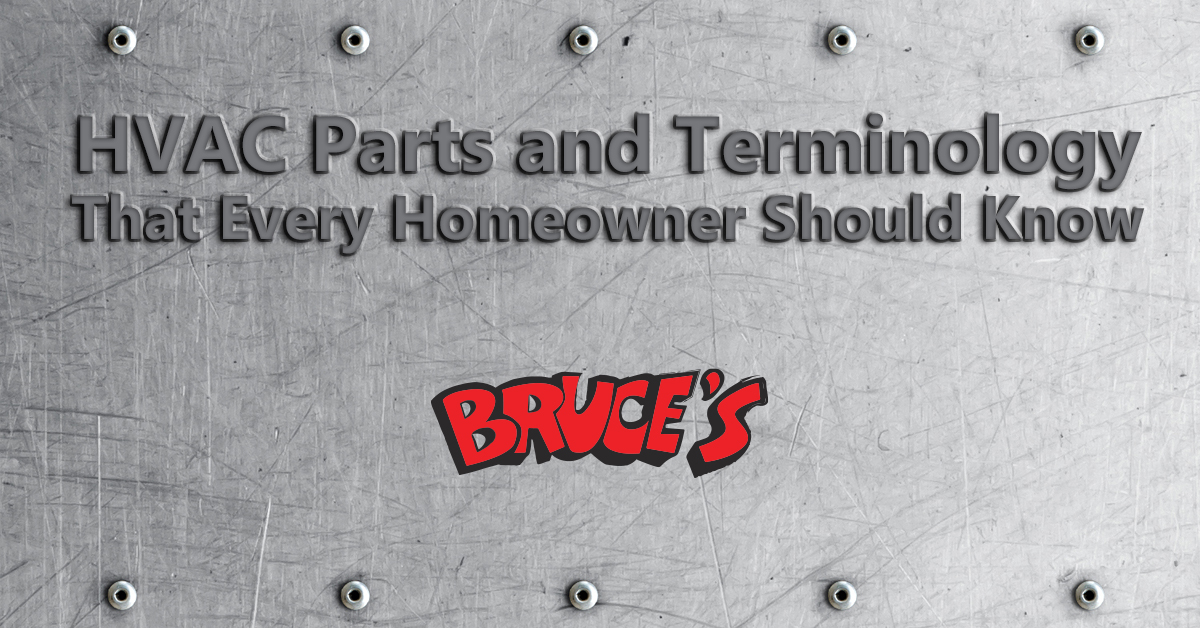 The heating, ventilation, and air conditioning (HVAC) system is one of the most important parts of any home. It keeps a house warm in the winter and cool in the summer, making the environment comfortable year round.
The heating, ventilation, and air conditioning (HVAC) system is one of the most important parts of any home. It keeps a house warm in the winter and cool in the summer, making the environment comfortable year round.
Because this system is so important, homeowners should know some of the basic parts involved in its operation as well as the common terminology used to discuss HVAC systems. Knowing these things will allow homeowners to more easily recognize and diagnose problems, enable them to fix some simple issues themselves, and allow them to more effectively communicate with HVAC professionals when needed.
Common HVAC Parts
Every HVAC system is set up slightly differently to allow for various building sizes and layouts. However, they all serve the same function and thus have several common parts. There are eight parts to all HVAC setups that homeowners should know about:
- The furnace is one of the largest single parts of the system. It’s usually installed in its own particular space within a building, often in the basement, the attic, or a closet. Despite common belief, the furnace isn’t the part that creates heat; it’s only responsible for pushing air – hot or cold – through the ducts and into the rest of the home.
- Heat exchanger. This is the part that actually warms a house. The heat exchanger is housed inside of the larger furnace unit. When it’s turned on, air is sucked into the heat exchanger from outside of the house or through specific vents inside (these vents are known as cold air return chases). Once the air is in the heat exchanger, it’s rapidly heated and then blown out through the ductwork and into the house.
- Evaporator coil. This part is normally housed ON the top or side of the furnace in its own metal housing. The evaporator coil serves the opposite function from the heat exchanger, providing cold air to cool the house when turned on.
- Condensing unit. Evaporator coils are connected to the condensing unit. This is the part most people think of when they picture air conditioners. Condensing units sit outside of the home, where they cool a special refrigerant gas that’s passed into the evaporator coils, used to cool the air, and sent back to the condensing unit.
- Refrigerant lines. These are the metal pipes, through which the refrigerant flows, connecting the evaporator coil and condensing unit.
- Homeowners should already know about the thermostats in their properties. This is the part of the HVAC system that people interact with the most. It controls the rest of the system.
- Ducts run throughout a building, connecting the vents to the furnace and allowing for hot or cold air to be distributed.
- Air vents are usually placed near the ceiling, are rectangular, and should be in every room. They simply allow air to exit the ducts into a home. Most ducts contain slats to direct the air flowing out; some slats have manual controls to allow homeowners to close a vent or change the direction of the air flow.
Common HVAC Terms
When talking with an HVAC professional, it can be helpful to understand some of the common terms used in the industry. Here are a few of the most frequently used:
- This is a rating system for the energy efficiency of gas furnaces. Ratings are out of 100. Higher is better.
- Air Handler – This separate part of some systems allows for better airflow through a building.
- In the HVAC industry, British Thermal Units are a measure of heat used.
- CFM (Cubic Feet per Minute) – This is a measure of airflow.
- Cycling – This is when the system turns on or off.
- HEPA filter – These air filters are designed to improve air quality in homes.
- The Heating Seasonal Performance Factor – Rates the efficiency of a heat pump. Higher is better.
- The Season Energy Efficiency Ratio – Rates the energy efficiency of air conditioners. Higher is better.
When homeowners know the parts of their HVAC systems and the terms used when referring to different things in the industry, they can understand and explain any problems with the system more fully. If you need professional help with your HVAC system, contact Bruce’s AC today.











